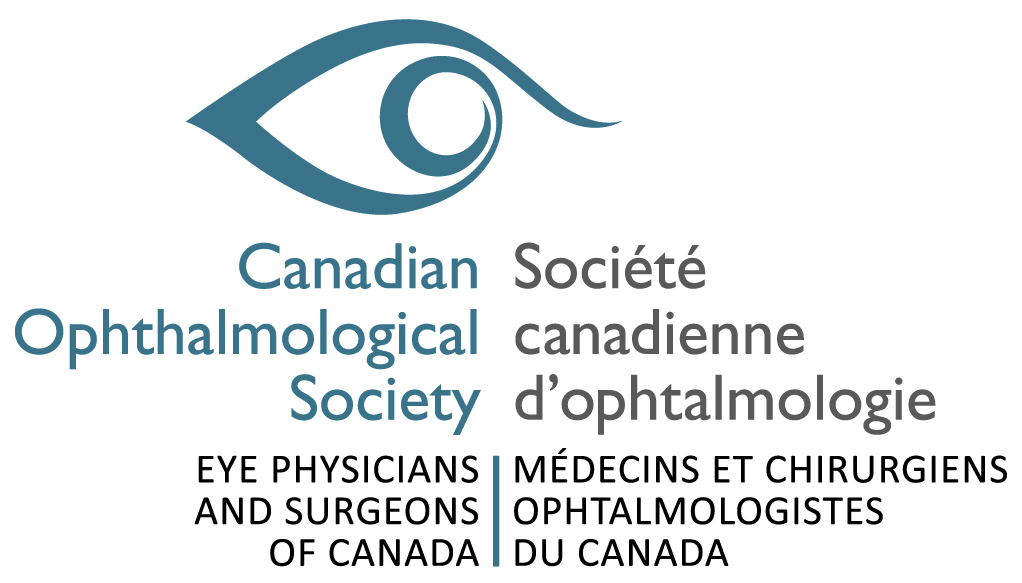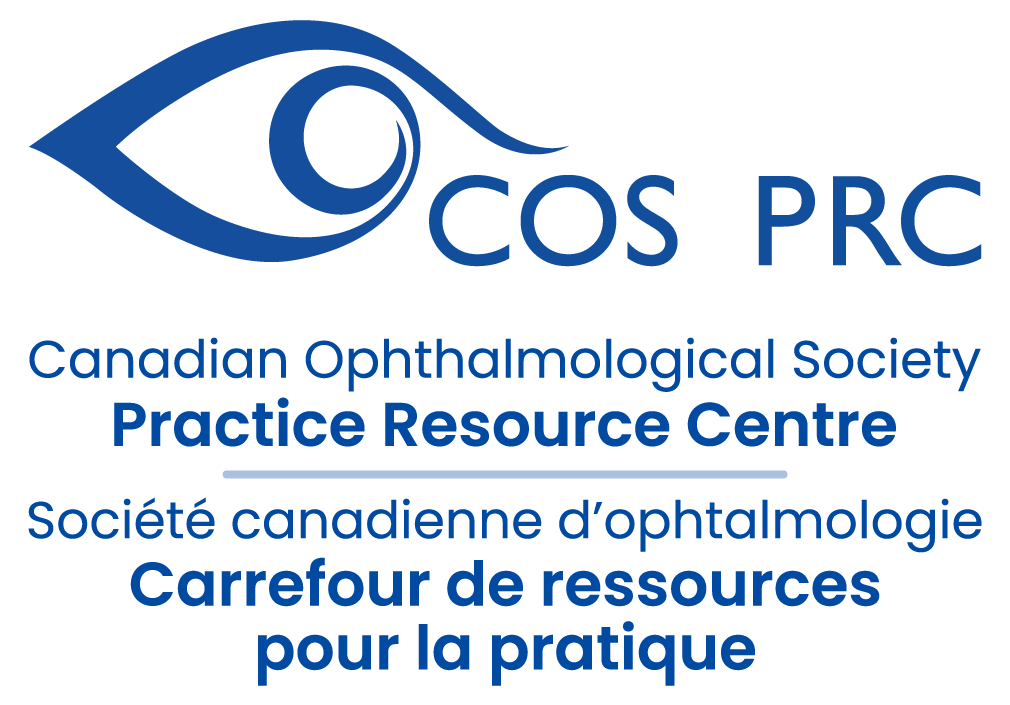Canadian Paediatric Society – Online Module on Overcoming Vaccine Hesitancy
Online module “Our best shot at beating COVID-19: Overcoming Vaccine Hesitancy in 2021”
This module provides health care professionals with the tools and skills they need to discuss new COVID vaccines with people they see in practice and to address concerns about safety, efficacy, and access.

This module provides health care professionals with the tools and skills they need to discuss new COVID vaccines with people they see in practice and to address concerns about safety, efficacy, and access.
Learning objectives
After completing this online learning module, you will be able to:
- Counter misinformation about COVID-19 with clear, evidence-based information
- Initiate discussions regarding specific vaccine issues
- Recognize personal skepticism regarding the safety and efficacy of COVID-19 vaccines
- Respectfully address vaccine-hesitancy, using clear, evidence-based information
- Build public confidence regarding the safety and efficacy COVID-19 vaccines
Accreditation
This online CME event has been approved by the Canadian Paediatric Society for a maximum of 1 credit hour as an Accredited Self-Assessment Program (Section 3), as defined by the Maintenance of Certification program of the Royal College of Physicians and Surgeons of
Canada (RCPSC). Remember to visit MAINPORT to record your learning and outcomes. Activity ID: 00013073
Access Details
https://pedagogy.cps.ca/#/online-courses/2dcbed20-a8f3-4471-9d78-70a11043bbf1.
The EyeSi Simulator Walkthrough
As a team of ophthalmologists, ophthalmology residents, and medical students here at the University of Calgary, we are dedicated to exploring and developing simulation-based learning endeavours in surgical ophthalmology.
In this project, we provide walkthrough videos of the levels of the VR Magic EyeSi® Surgical simulator. A staple in many ophthalmology training programs, the EyeSi® system provides virtual modules to practice surgical skills in cataract surgery. However, there are no specific walkthroughs and tips provided by the simulator in completing each individual level. Hence our library of over 100 videos on Youtube® include individualized advice and narration on video walkthroughs on how we approached each level, and our final scoring as well. We hope these videos help ophthalmology residents in completing all the levels in the EyeSi® cataract simulator, that will translate directly into real-life operating room success!
Target Audience
This free and accessible series of videos has been designed to meet the educational needs of ophthalmology residents learning how to perform cataract surgery and associated complications on the VR Magic EyeSi Simulator®; it may also serve as a teaching resource for reference by ophthalmology faculty. It would also be helpful for medical students who wish to visualize various ophthalmic procedures for their interest and also explore current simulator training.
Learning Objectives
In watching the walkthrough videos, viewers will be able to:
- Understand the goals and objectives for each level in the EyeSi® Cataract Simulator
- Utilize the videos in our series to appreciate the core mechanic and manuevers necessary for scoring well for each level in the EyeSi® Cataract Simulator
- Learn the skills important for, and the stages that comprise, the cataract surgery
Access Details
No login or registration required – simply visit our YouTube® channel with this link: https://www.youtube.com/channel/UCO4LAhNd3KE6ZKOKUCwqYRQ, or type “Ophthalmology Simulation Explorer” in the search bar of Youtube®.
All of our videos are open access.


Optical Coherence Tomography (OCT) Learning Website
OCTcases.com is a free, case-based learning platform created by University of Toronto ophthalmologists and resident physicians to help eye-care professionals and learners hone their skills in interpreting OCT scans. In addition to reviewing ocular anatomy using this imaging modality, the website also provides a systematic approach to tackling different types of OCT including but not limited to macula, retinal nerve fiber layer (RNFL), ganglion cell complex (GCC), and anterior segment OCT (AS-OCT).
The website also contains a comprehensive atlas of ocular diseases (all cases from University of Toronto) with accompanying cases containing multiple choice questions for you to test your knowledge. If you learn best from case-based learning, this website is for you!
Target Audience
This program has been designed to meet the educational needs of medical students, residents, fellows, and ophthalmologists.
Learning Objectives
- Develop a systematic and organized approach in the interpretation of different OCT imaging modalities (macula, RNFL, GCC, anterior segment)
- Identify common ocular diseases using OCT
- Recognize the role of OCT in driving clinical decision making in ophthalmology
CPD Credits
You can claim Maintenance of Certification (MOC) Section 2 Self-Learning credits by reviewing the content on this website to meet your learning needs. The learning acquired can be submitted as Personal Learning Projects (PLPs) where you can earn two (2) credits per hour you spent learning on the website.
Access Details
To access this learning website, please visit www.octcases.com
CMA Physician Wellness Hub
As a physician, when you’re well, everyone benefits. Healthy and fulfilled physicians perform at a higher level and have better patient outcomes.
The Physician Wellness Hub aims to improve physician wellness individually as well as at the system level, and to promote a collaborative approach to physician health and well-being. It does so by:
- Offering day-to-day strategies physicians can use to build resilience or how to start institutional wellness programs;
- Creating a safe supportive virtual community to enable physicians and learners to connect with others interested in wellness;
- Providing immediate and confidential support and counselling to physicians, learners and their families through the Wellness Support Line.
Access Details
Visit the Physician Wellness Hub: cma.ca/wellness
Glaucoma OCT Interpretation: 101
Glaucoma OCT Interpretation is an online, Section 3 accredited course available at EyeCarePD.com. A game-based approach is applied to learning OCT interpretation. This course covers commonly encountered OCT presentations of glaucoma as seen on standard optic nerve head and retinal nerve fiber layer scan protocols with the purpose of improving interpretation skills using perceptual learning strategies.
Getting started is easy:
- Using the Google Chrome browser, navigate to https://eyecarepd.com/catalog/glaucoma-group/
- Select Glaucoma OCT Interpretation 101 (COS Accredited) and add the product to the cart
- At checkout, use the coupon code ECPDCOSGLAUCOMA to set the price to 0.
- Your course is now available under My Courses at the top of the screen.
Learning Objectives:
- Identify segmentation errors and their role in OCT scan interpretation
- Utilize varying sections of the OCT report including tabular data, sector analysis and graphical displays
- Interact with expert interpretation in order to compare their findings in selected cases
Accreditation
This activity is an Accredited Self-Assessment Program (Section 3) as defined by the Maintenance of Certification program of the Royal College of Physicians and Surgeons of Canada. This web-based lesson was approved by the COS on October 23rd, 2020 and expires October 2023. Remember to visit MAINPORT to record your learning and outcomes. You may claim a maximum of 1 hour (credits are automatically calculated).
This activity was co-developed with EyeCarePD and the Canadian Ophthalmological Society (COS) and was planned to achieve scientific integrity, objectivity and balance.
Access Details
To participate in this course visit https://eyecarepd.com/catalog/glaucoma-group/


December 2020 Issue Highlights
The December 2020 CJO is available online. Here are some of the highlights in this issue:
Resident Perspectives + visual abstract: Our residents have summarized 4 articles that they feel are relevant to ophthalmology learners here in Canada and around the globe, including the article featured in our December visual abstract, Ocular hypertension following 40 mg sub-Tenon triamcinolone versus 0.7 mg dexamethasone implant versus 2 mg intravitreal triamcinolone.
Reviews and original research articles:
- Noninfectious endophthalmitis following intravitreal triamcinolone acetonide: clinical case and literature review [review]
- Hyporeflective micro-elevations and irregularity of the ellipsoid layer: novel optical coherence tomography features in commotio retinae [original research]
- “Basket” mattress suture to manage positive vitreous pressure during penetrating keratoplasty [original research]
- Three-dimensional analysis of choroidal vessels in eyes with Vogt-Koyanagi-Harada disease before and after treatment [original research]
Research letters, photo essays, and case reports:
- Spectral-domain optical coherence tomography features in cases of pre-eclampsia and the relationship with systemic parameters [research letter]
- Endothelial dysfunction after scleral lens use in patients with herpetic eye disease [research letter]
- Paracentral acute middle maculopathy after meningococcal vaccination in a young female [case report]
- Exercise in isolating during novel coronavirus 19: a case report of bilateral ocular trauma from elastic resistant bands [case report]
- Ophthalmic artery occlusion after dermal fillers injection [photo essay]
- Massive orbital teratoma [photo essay]
Follow the CJO on social media:
Twitter: @CanJOphth
Instagram: @cjo_jco
Facebook: CanJOphth
Navigating the Road to Retirement
Consider the following resources as you navigate the road to retirement.
Physician Retirement Readiness Study – May 31, 2019 https://invested.mdm.ca/e-books-and-whitepapers/md-physician-retirement-readiness-study
Physician Financial Literacy Study – January 10, 2020 https://invested.mdm.ca/e-books-and-whitepapers/md-physician-financial-literacy-study
Closing or Leaving a Practice
https://www.cmpa-acpm.ca/en/advice-publications/browse-articles/2020/closing-or-leaving-a-practice-tips-for-primary-care-physicians
How to Manage Your Medical Records
https://www.cmpa-acpm.ca/en/advice-publications/browse-articles/2003/a-matter-of-records-retention-and-transfer-of-clinical-records
Life After Medicine – A Resource Center designed for retiring and retired physicians. aftermedicine.com

REFER, ESCALATE, and ACHIEVE in NI-IPP (REACH) Compendium
The REFER, ESCALATE and ACHIEVE in NI-IPP (REACH) Compendium was built on current scientific evidence and was developed for general ophthalmologists and specialists to help you achieve the best care for your patients who require treatment escalation beyond corticosteroids by explaining WHY, HOW, and WHEN to refer, treat, and collaboratively manage patients with NI-IPP.
Learning Objectives
The REACH compendium was developed as a learning resource to ensure:
- Accurate and timely referral of patients with suspected non-anterior NIU eligible for treatment escalation.
- Appropriate treatment escalation
- Ongoing collaboration between GO and specialists, post-non-corticosteroid systemic immunomodulatory therapy
Target Audience
This program is developed for general ophthalmologists and specialists who treat patients with non-infectious Intermediate, Posterior, and Panuveitis (NI-IPP).
CPD Credits
The REACH compendium is a non-accredited, continuing professional development program developed by an international scientific committee. It was also reviewed and adapted by a Canadian Scientific Committee to meet the needs of the Canadian ophthalmology audience:
| Marie-Lyne Bélair, MD, FRCSC Université de Montréal Montréal, Québec | Larissa Derzko-Dzulynsky, MD, FRCSC University of Toronto Toronto, Ontario | Amin Kherani, MD, FRCSC University of Calgary Calgary, Alberta |
Access Details
Please visit the REACH microsite to access the REACH compendium and view other related-resources (i.e. Case studies, Patient Referral Tools, Clinical Perspective Videos.)

Surgical Learning Opportunities from Home
COVID-19 pandemic has impacted the ways in which we learn and exchange ideas. There are many impressive innovations in didactic teaching with almost all major conferences and meetings being shifted to online platforms. However, surgical education is not as easy to transform into online formats due to the inherent complexities in delivering these ideas virtually. Identifying and sharing surgical educational resources is of great priority to ophthalmologists. Prism Eye Institute is one such resource that every surgeon and surgeon-in-training should explore. These are available online, free of charge. Delivered every 1-2 weeks and accredited, they are delivered in a fun and interactive manner. They serve as good reviews for experienced surgeons and excellent learning tools for surgeons in training. Past topics include challenging cataract cases, navigating intraoperative complications, glaucoma cases, and many more. These rounds can be accessed online by registering at:
Prism Eye Round https://www.prismeyeinstitute.com/webinars/
Recommended by Zainab Khan, MD, FRCSC
Practice Resource Centre Committee Member, Canadian Ophthalmological Society



